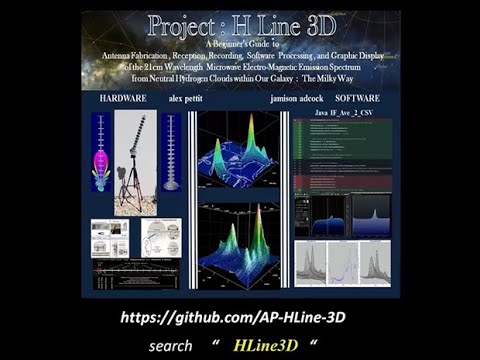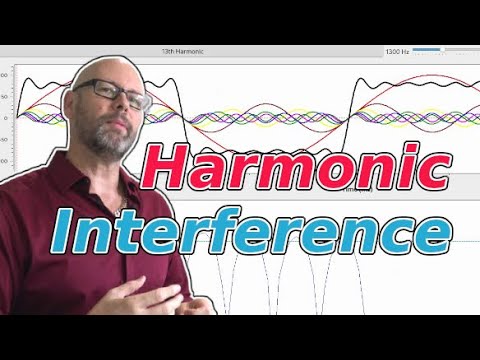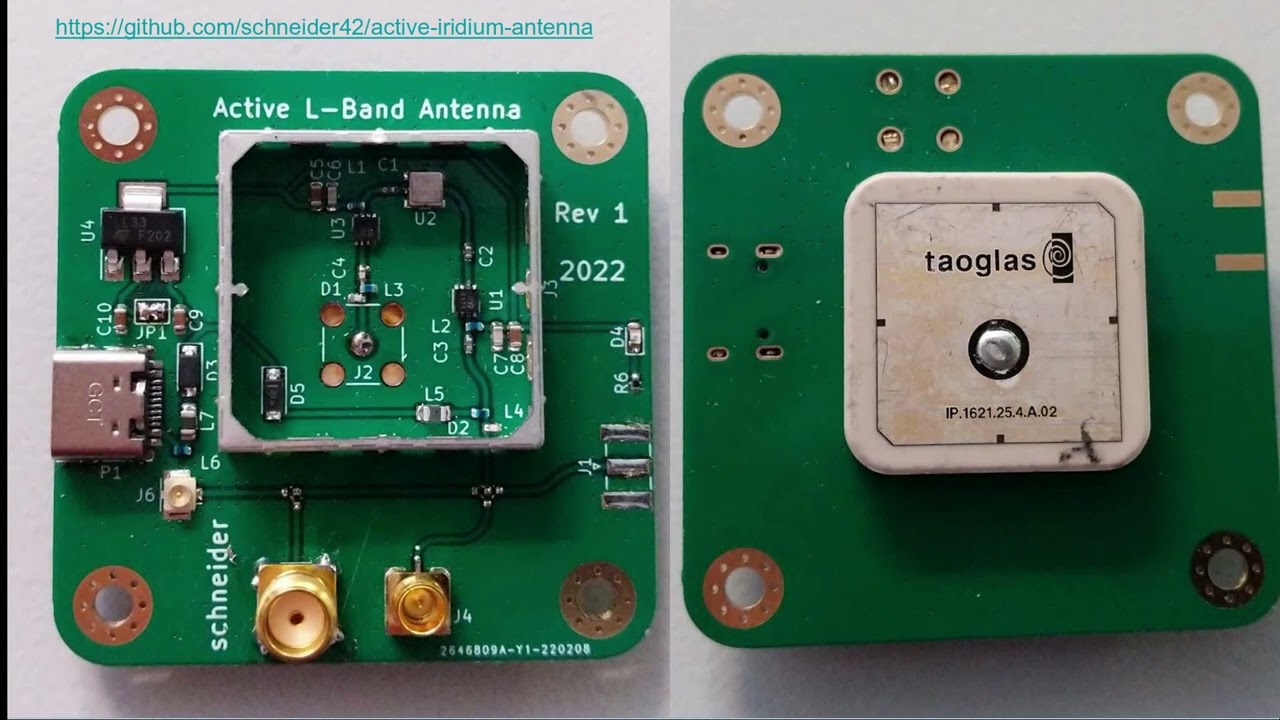Last week we posted about Alex Petit Jr’s ‘Project H Line 3D’ which is a collection of documents and programs designed to be a beginner’s guide to antenna fabrication, reception, recording, software processing, and graphic display of the 21 cm Hydrogen line. The project makes use of an RTL-SDR and LNA as the radio front end.
This week Alex gave an online talk to the Society of Amateur Radio Astronomers (SARA) discussing the project and giving an overview.
Project H Line 3D’ is a collection of documents and programs designed to be a beginner’s guide to antenna fabrication, reception, recording, software processing, and graphic display of the 21 cm Hydrogen line. The project makes use of an RTL-SDR and LNA as the radio front end.
The Hydrogen Line is an observable increase in RF power at 1420.MHz that is created by natural hydrogen atoms. The Hydrogen line is most easily detected by pointing a directional antenna toward the Milky Way where neutral hydrogen is abundant. Properties of the hydrogen line curve such as its shape and Doppler shift can be used to measure the shape and properties of our galaxy.
Alex’s project H Line build is designed to be inexpensive and easy for students to build and set up for drift scans which involve pointing the antenna towards the sky and letting the Earth’s rotation drift the Milky Way into and through the view of the antenna.
The project includes a design for a 13-element circular patch feed Yagi that can be built using common materials available from a hardware store. The 13-element Yagi results in about 15dBi gain and a 30-degree 3dB bandwidth.
The software portion of the instructions uses the SDR# IF Average plugin, and uses that to record log files every few minutes. The log files are then converted by an included Java program by Jamison Adcock into a logarithmic dB scale and a format compatible with Rinearn 2D and 3D graphics packages.





